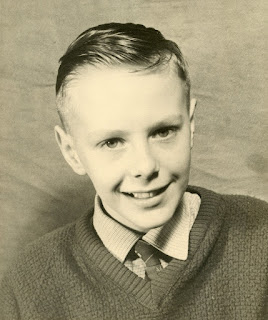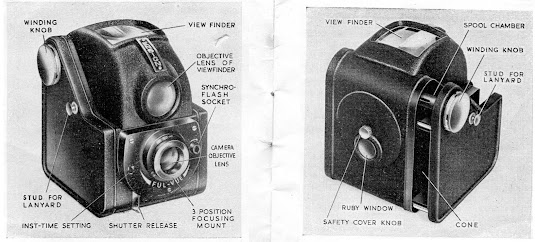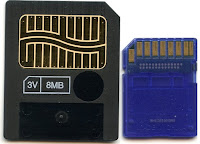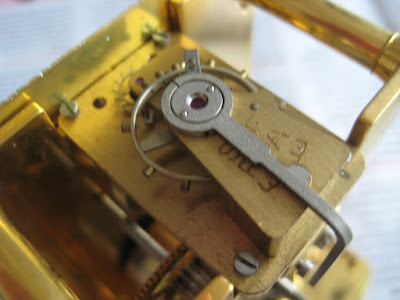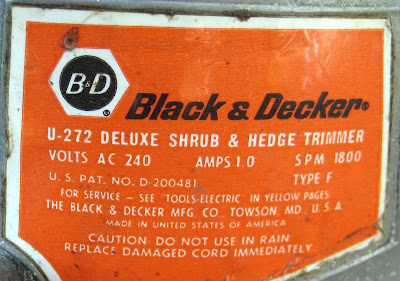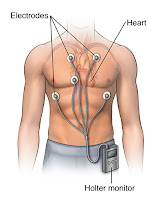NEW MONTH OLD POST
First posted as on 14th October, 2014
About 1300 words. Contains local dialect.

In a quiet southern corner of Yorkshire where the tributaries of the River Humber lock fingers with the Vale of York, there lies an expanse of pancake-flat country that geographers call the Humberhead Levels. It was once the bed of a glacial lake. Stand on the slightest rise and to the East you see the welcoming, chalky yellow-green hills of the Yorkshire and Lincolnshire Wolds. Look to the West and you can just make out the menacing, inky-brown smudge of the Yorkshire Pennines.
In winter, there is little protection from the North and East winds that blow up and down the Vale or in along the estuary. In autumn, thick fogs rise up from the fields and drift in from the rivers. In summer, the baking sun cracks the earth into deep fissures. Spring reveals the richness of the soil. Parts of it are warp land, where turbid river waters were once diverted into the fields to leave layers of fine, fertile silt.
The region is dotted with remote villages and isolated farms. Aunty Bina lived at the end of a long lane that stretched straight and level from my grandma’s village, past silent fields of sugar beet, wheat, potatoes and fallow grass. Hardly anyone goes down that lane now if not in a motor vehicle or dressed in lycra, but in days gone by we walked from the village, a good two miles, me and my brother running happily ahead of grandma wheeling baby cousin Anna in her pram. It lives in my imagination as an expedition through an extraordinary landscape.
Anna had been staying with us while Aunty Bina was in hospital for an operation. It was supposed to take a couple of weeks but things went wrong and it was four months before she got out. Even then, she was still too ill to cope with a one-year old, so Anna stayed with us a lot longer. We loved it. It was like having a new baby sister. She learned to walk and talk before she went home. Neighbours thought my mother had had another baby.
We visited regularly for Bina to see Anna. It meant we could play on the farm with cousin Brian. It never failed to bring new adventures. Some of the buildings were two hundred years old. There were sweet smelling hay stacks to climb and burrow in, quiet shady barns to explore, nests of semi-wild, warm, furry kittens to stroke and befriend, and, away across a field, a mysterious, dark wood with fallen trees to scramble over.
In summer you could channel mazes and crawl through the long wheat, provided Brian’s dad, Uncle Ben, didn’t spot you. The one time he caught us flattening his corn just before harvest there was hell to pay, especially by Brian after we had gone home.
Uncle Ben worked hard lonely hours on the farm, and had the farmers’ pragmatic acceptance of life and death. Once, making our way along the lane, we spotted him across a field, standing motionless with his gun, “shuttin’ t’crows an’ t’rabbits” [shooting crows and rabbits]. He had sheds of egg-laying hens, but, for farmers, there is no room for sentiment when a hen’s egg-laying begins to decline. He had a series of farm dogs, loud, ferocious, vicious things that sprang up at your face on chains, snarling as you edged past against the wall. I never thought to ask what happened when they got old, or what became of the litters of kittens produced by the semi-wild farm cats. In later years, he bought white Charolais calves and raised them like his own family, but in the end they were always sold on for slaughter and replaced by younger ones. He called them “be-asts”, splitting the word into two syllables.
I once sat behind him at a wedding and marvelled at the breadth of his back, like one of his ‘be-asts’. He thoroughly knew his job, the diverse skills involved, how to operate complicated machinery, how to calculate quantities of feeds and fertilisers, how to fill in government forms, how to buy calves, when to sow and harvest crops, when the weather said to wait a little longer, and when the weather said it was all right to hide indoors out of harm’s way and play pool with Brian, or watch cricket on television. Aunty Bina would have been quite happy to retire to a little cottage in the village, but Ben would not entertain the idea, and continued to raise Charolais, even when he was “pushin’ eighty”, as Bina put it.
His rural toughness applied to his dealings with people too. He could seem rude and aggressive, and more than one relative refused to have anything to do with him. We used to tell ourselves we visited the farm to be insulted. As I got older he always looked me critically in the beard and said, “You scruffy bugger! Can’t th’afford a razor?” And when it started to go white it was, “Well! Bloody ‘ell! Look who it is! It’s bloody Father Christmas.”
I once drove my dad there and Ben came in saying, “Ah cou’n’t see who it wa’ from ove’ thee-’re across o’t’ field, except it were a rich bugger wi’ a new car an’ a scruffy bugger wi’ whiskers.” [I couldn’t see who it was from over there across the field, except it was a rich b- with a new car and a scruffy b- with whiskers]. I wish I’d been brave enough to tell him the new car was mine.
This confrontational humour came straight out of pre-war village life, from the days of communal field work, laughing, joking and exchanging banter as they forked hay or straw on to horse-drawn wagons. But by the nineteen sixties things had changed. Farmers worked long hours on their own, driving up and down, up and down on their tractors. So Ben saved his acerbic wit for visitors. If you were in tune, he was one of the most amusing people you could ever hope to meet.
“What! y’don’t ‘ave sugar in y’tea? Bloody ‘ell! What d’y’think we grow it fo’?” [You don’t take sugar? Why do you think we grow it?]
“Vegetarian? Y’r a vegetarian? We wo’k our bloody guts out raisin’ t’be-asts fo’t’market, and y’come in ‘ere sayin’ y’r a vegetarian!” [We work hard raising be-asts for market and you dare to say you are a vegetarian!]
Ben had been born in another village, some distance across the river, and implied he married Aunty Bina only to improve the local bloodstock.
“If t’Blue Line bus ‘adn’t started comin’ thro’ t’village, th’d ‘ave all bin imbecil’s ‘cos o’ t’inbreedin’.” [If the Blue Line bus hadn’t started coming through the village they would have all been imbeciles because of inbreeding]
If ever I had an accent like that, I’m sorry to have lost it in pretentious jobs and places. One day over the phone, I was dismayed to hear Ben telling Bina “th’s some posh bugger askin’ fo’ y’r on t’phone.” Bina defended me. “Why, it’s not anybody posh,” she said, “it’s on’y our Tasker,” and then to me said “I suppose y‘ave to talk like that when y’r at work.”
One way to handle Ben’s prickly comments was to ignore him. That’s what Bina did, but there were others who returned as good as they got. One day, they were visited by ‘our Mary’, an overweight elderly relative, and an equally overweight friend, who arrived side by side on bicycles, gliding slowly along the lane, tyres bulging to bursting point, saddles submerged in the overhanging folds of their abundant bottoms, skirts gathered under to reveal thighs wobbling like jelly as they pumped against the pedals.
“Look who it is!” shouted Ben from his stackyard. “It’s t’Rolly Pollies.”
“Bugger off Ben Smith, y’mucky farmer blattered up in cow clap,” came the reply. “Get back on t’land whe-‘re y’belong!” [Go away you dirty farmer covered in cow muck. Get back on the land where you belong]
When you think what else they spread on t’land, that’s a pretty good put down.



